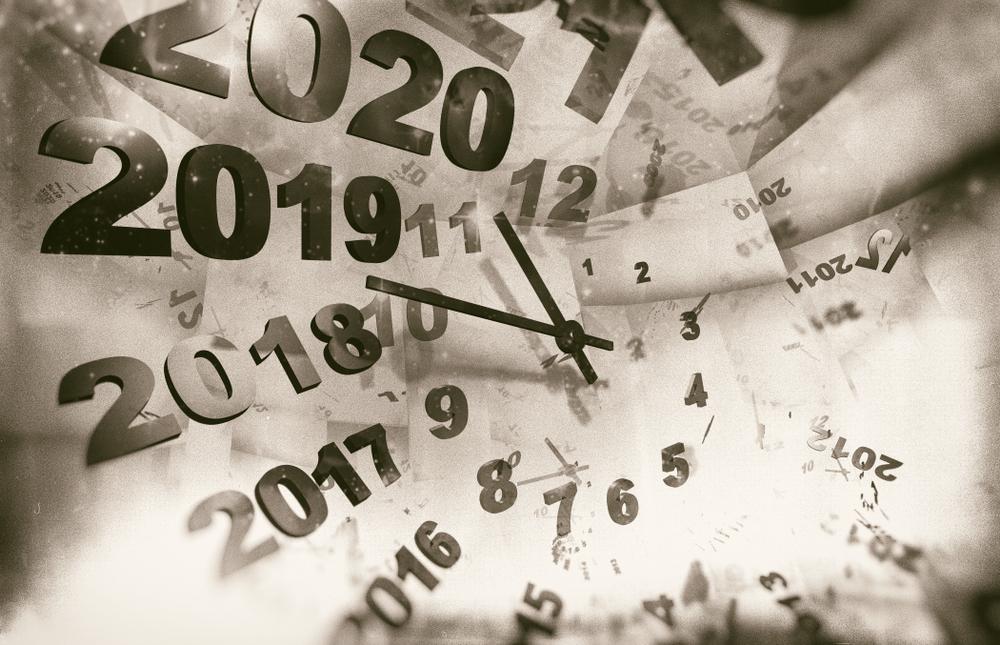“I’m gonna build a time machine So I can go back and make the scene I’m gonna make some time with my Egyptian Queen In my little old time machine.”
Those lyrics from the 1960 hit song “Time Machine,” performed by Dante & the Evergreens, are just the tip of the proverbial iceberg when it comes to humankind’s fascination with time travel.Hollywood has pumped out dozens of movies, like “Back to the Future,” “Kate & Leopold,” “Groundhog Day,” and “Terminator,” in which the protagonist travels back to the past or zips into the future.






